The interior north central region of Sri Lanka is known as “The
Cultural Triangle” because it contains most of the major historical sites, including
the ancient capitals of Anuradhapura and Polonnaruwa, the Buddhist cave art at
Dambulla, and mountaintop fortresses and temples at Sigiriya and Mihintale,
making up one of Asia’s biggest concentrations of archaeological sites
.Anuradhapura was Sri Lanka’s capital for about a thousand
years from 380 B.C. onwards, and became an important religious center as well
when Sri Lanka adopted Buddhism. It is a huge sprawling complex of archaeological
and architectural wonders included enormous dagobas, brick towers, ancient
pools, and crumbling temples. Our bus took us to numerous sites spread through
a large area. I didn’t write down the name or significance of each dagoba and
temple, so I can’t get very specific on the significance of each ruin of which
I am posting a picture.In the afternoon we drove to the nearby town of Mihintale to
see its mountaintop temple and dagoba. The place’s holy significance is that it
was the spot where in 247 B.C. while he was stag hunting Sri Lanka’s king
converted to Buddhism and began to process of making Sri Lanka into a Buddhist
nation. It was quite a climb to the top of the hill and painful in the
afternoon. Sri Lanka may be beautiful, but it’s an absolute sweatbox. On the
way up our guide Tikiri explained the importance of the ruins - a large
hospital, a monks’ refectory and relic house, assembly hall, temples and
dagoba.I’m not usually big on having a pool at the hotel when I
travel, but in Sri Lanka most hotels we stayed at had pools. They were very
useful in the heat, especially upon return from Anuradhapura and Mihintale.
Arunadhapura - Ruins of Sri Lanka's First Capital
Tuesday, March 18, 2014
 Anuradhapura, Sri Lanka
Anuradhapura, Sri Lanka
Other Entries
-
45Gaudaguda - Paroja Tribal Villages and Markets
Feb 0442 days prior Rāyagada, Indiaphoto_camera96videocam 0comment 0
Rāyagada, Indiaphoto_camera96videocam 0comment 0 -
46Paroja Tribal Wedding Celebration
Feb 0541 days prior Rayagada, Indiaphoto_camera36videocam 0comment 0
Rayagada, Indiaphoto_camera36videocam 0comment 0 -
47Tribal Hill Country of Odisha State
Feb 0640 days prior Bissamcuttack, Indiaphoto_camera53videocam 0comment 0
Bissamcuttack, Indiaphoto_camera53videocam 0comment 0 -
48Gopalpur - Orissa Seaside Village
Feb 0739 days prior Gopālpur, Indiaphoto_camera55videocam 0comment 0
Gopālpur, Indiaphoto_camera55videocam 0comment 0 -
49Chillika Lake - Largest Brackish Lake in Asia
Feb 0838 days prior Gamandia, Indiaphoto_camera51videocam 0comment 0
Gamandia, Indiaphoto_camera51videocam 0comment 0 -
50Puri - Eastern India's Holy Hindu City
Feb 0937 days prior Puri, Indiaphoto_camera47videocam 0comment 0
Puri, Indiaphoto_camera47videocam 0comment 0 -
51Konark - Seaside Temple of the Sun
Feb 1036 days prior Konark, Indiaphoto_camera48videocam 0comment 0
Konark, Indiaphoto_camera48videocam 0comment 0 -
52Kolkata - India's Cultural Capital
Feb 1234 days prior Kolkata (Calcutta), Indiaphoto_camera107videocam 0comment 0
Kolkata (Calcutta), Indiaphoto_camera107videocam 0comment 0 -
53Darjeeling - The Raj's Premier Indian Hill Town
Feb 1531 days prior Darjeeling, Indiaphoto_camera69videocam 0comment 0
Darjeeling, Indiaphoto_camera69videocam 0comment 0 -
54Karmi Farm - Relaxation and Trekking in the Hills
Feb 1828 days prior Bijanbāri Bāzār, Indiaphoto_camera96videocam 0comment 0
Bijanbāri Bāzār, Indiaphoto_camera96videocam 0comment 0 -
55Sikkim - India's Himalayan Mountain Kingdom
Feb 2224 days prior Gangtok, Indiaphoto_camera40videocam 0comment 0
Gangtok, Indiaphoto_camera40videocam 0comment 0 -
56Closing the Circle - The Road Back to Kathmandu
Feb 2521 days prior Hitura, Nepalphoto_camera20videocam 0comment 0
Hitura, Nepalphoto_camera20videocam 0comment 0 -
57Langtang Valley Trek Part I - The Low Country
Mar 0315 days prior Shyaphrubesi, Nepalphoto_camera59videocam 0comment 0
Shyaphrubesi, Nepalphoto_camera59videocam 0comment 0 -
58Langtang Valley Trek Part II - Central Valley
Mar 0513 days prior Langtang National Park, Nepalphoto_camera113videocam 0comment 0
Langtang National Park, Nepalphoto_camera113videocam 0comment 0 -
59Langtang Valley Trek III - Among Himalayan Peaks
Mar 0810 days prior Langtang National Park, Nepalphoto_camera120videocam 0comment 0
Langtang National Park, Nepalphoto_camera120videocam 0comment 0 -
60Negombo - The Rome of Sri Lanka
Mar 153 days prior Negombo, Sri Lankaphoto_camera40videocam 0comment 0
Negombo, Sri Lankaphoto_camera40videocam 0comment 0 -
61Wilpattu - Leopard Spotting
Mar 171 day prior Wilpattu National Park, Sri Lankaphoto_camera29videocam 0comment 0
Wilpattu National Park, Sri Lankaphoto_camera29videocam 0comment 0 -
62Arunadhapura - Ruins of Sri Lanka's First Capital
Mar 18 Anuradhapura, Sri Lankaphoto_camera40videocam 0comment 0
Anuradhapura, Sri Lankaphoto_camera40videocam 0comment 0 -
63Dambulla - Buddhist Mountaintop Cave Temples
Mar 191 day later Dambulla, Sri Lankaphoto_camera29videocam 0comment 0
Dambulla, Sri Lankaphoto_camera29videocam 0comment 0 -
64Polonnaruwa - Anicent Ruins & Elephant Safari
Mar 202 days later Polonnaruwa, Sri Lankaphoto_camera46videocam 0comment 0
Polonnaruwa, Sri Lankaphoto_camera46videocam 0comment 0 -
65Sigiriya - Sri Lanka's Rock Top Fortress
Mar 213 days later Sigiriya, Sri Lankaphoto_camera25videocam 0comment 0
Sigiriya, Sri Lankaphoto_camera25videocam 0comment 0 -
66Kandy - Sri Lankan Cultural Capital
Mar 224 days later Kandy, Sri Lankaphoto_camera74videocam 0comment 0
Kandy, Sri Lankaphoto_camera74videocam 0comment 0 -
67Adams Peak - Where Adam Landed on Earth
Mar 246 days later Hatton, Sri Lankaphoto_camera33videocam 0comment 0
Hatton, Sri Lankaphoto_camera33videocam 0comment 0 -
68Sri Lanka Central Highlands - Tea Country
Mar 257 days later Bandarawela, Sri Lankaphoto_camera64videocam 0comment 0
Bandarawela, Sri Lankaphoto_camera64videocam 0comment 0 -
69Sri Lanka's South Coast - Colonial Galle & Beaches
Mar 279 days later Galle, Sri Lankaphoto_camera57videocam 0comment 0
Galle, Sri Lankaphoto_camera57videocam 0comment 0 -
70Colombo - Sri Lanka's Capital
Mar 2911 days later Colombo, Sri Lankaphoto_camera36videocam 0comment 0
Colombo, Sri Lankaphoto_camera36videocam 0comment 0 -
71Male - Tiny Capital of the Maldives
Mar 3012 days later Male, Maldivesphoto_camera62videocam 0comment 0
Male, Maldivesphoto_camera62videocam 0comment 0 -
72Maldives - Crusing Through Paradise on a Dhoni
Apr 0518 days later Felidhoo, Maldivesphoto_camera99videocam 0comment 0
Felidhoo, Maldivesphoto_camera99videocam 0comment 0 -
73Annapurna Trek I - Lower Marshyangdi River Valley
Apr 1124 days later Bahundanda, Nepalphoto_camera86videocam 0comment 0
Bahundanda, Nepalphoto_camera86videocam 0comment 0 -
74Annapurna Trek II - Long Day to Chame
Apr 1326 days later Chame , Nepalphoto_camera43videocam 0comment 0
Chame , Nepalphoto_camera43videocam 0comment 0 -
75Annapurna Trek III - Medieval Upper Pisang
Apr 1427 days later Upper Pisang, Nepalphoto_camera102videocam 0comment 0
Upper Pisang, Nepalphoto_camera102videocam 0comment 0 -
76Annapurna Trek IV - High Road to Manang
Apr 1528 days later Manang, Nepalphoto_camera155videocam 0comment 0
Manang, Nepalphoto_camera155videocam 0comment 0 -
77Annapurna Trek V - Acclimatization Around Manang
Apr 1730 days later Manang, Nepalphoto_camera110videocam 0comment 0
Manang, Nepalphoto_camera110videocam 0comment 0 -
78Annapurna Trek VI - Towards the Thorung La
Apr 1932 days later Manang, Nepalphoto_camera84videocam 0comment 0
Manang, Nepalphoto_camera84videocam 0comment 0 -
79Annapurna Trek VII - Crossing the Thorung La
Apr 2033 days later Muktinath, Nepalphoto_camera93videocam 0comment 0
Muktinath, Nepalphoto_camera93videocam 0comment 0 -
80Annapurna Trek VIII - Upper Kali Gandaki Valley
Apr 2235 days later Jomsom, Nepalphoto_camera98videocam 0comment 0
Jomsom, Nepalphoto_camera98videocam 0comment 0

 Anuradhapura, Sri Lanka
Anuradhapura, Sri Lanka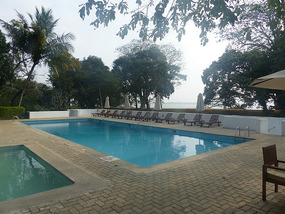




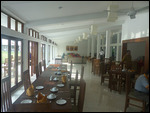

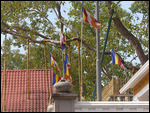
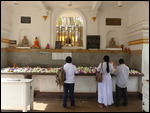
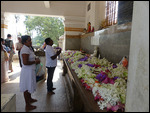
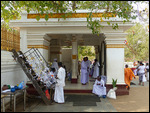
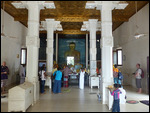
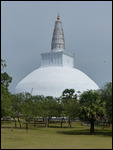
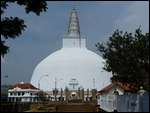
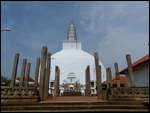
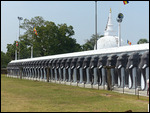
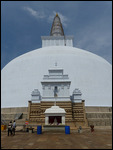
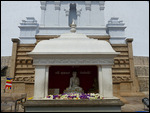
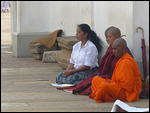
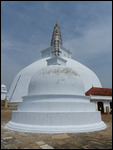
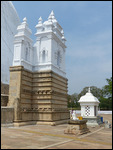
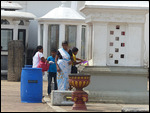
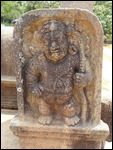
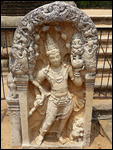

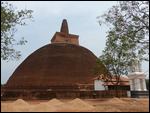
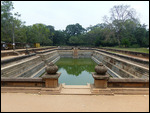
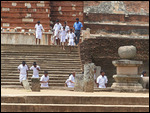
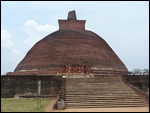
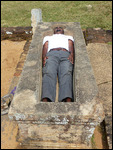
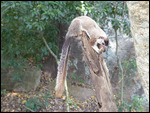
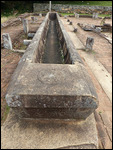
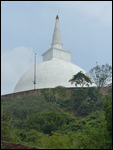


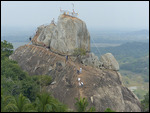
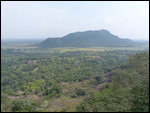
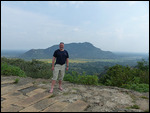
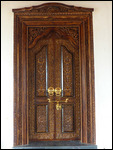
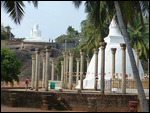
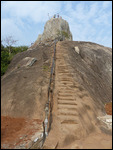

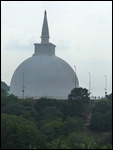

2025-05-22